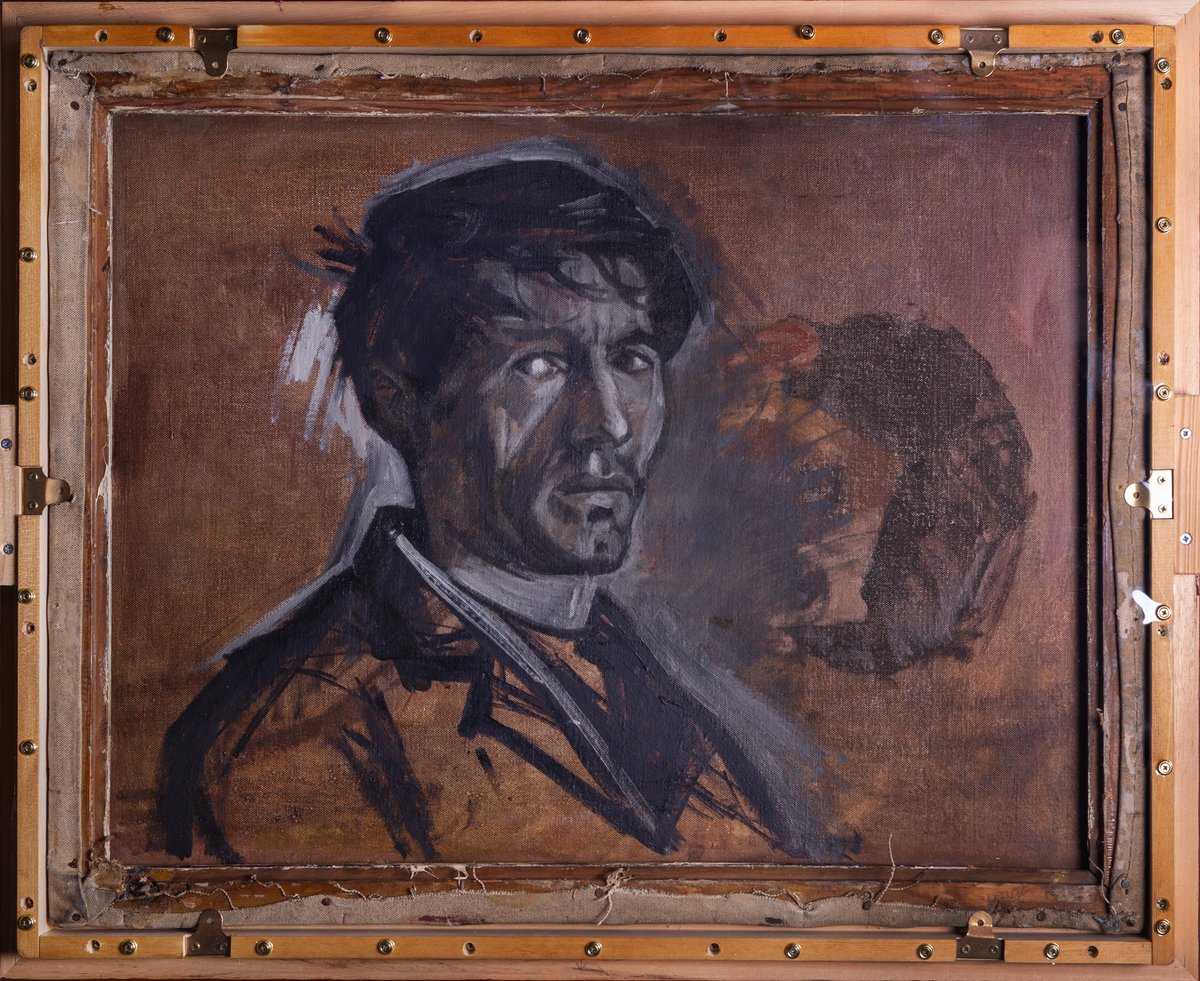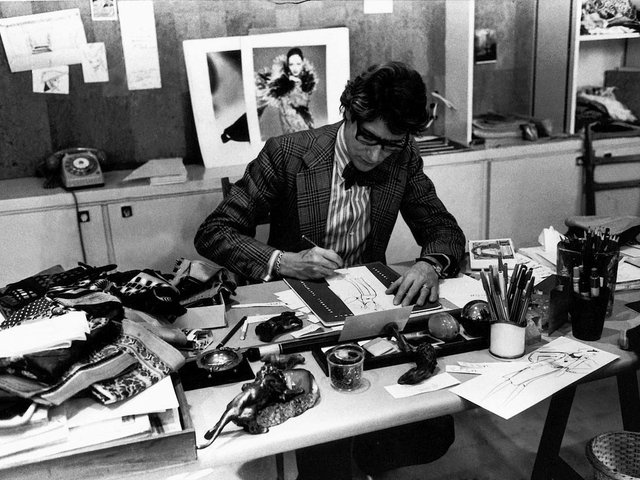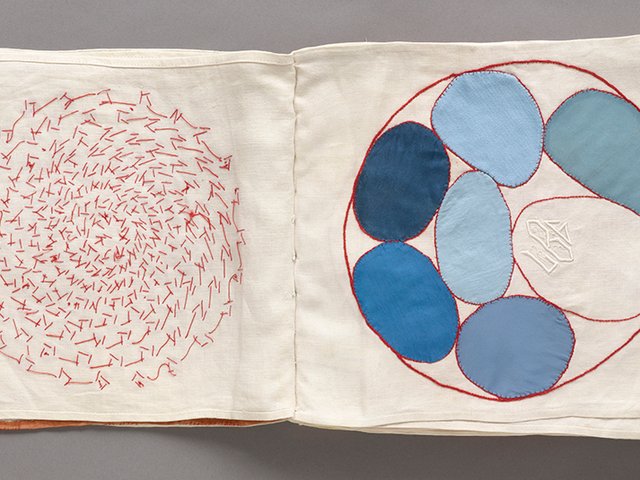A self-portrait of the coal miner artist Norman Cornish—depicts a grimy young man with tousled hair—has been rediscovered on the reverse of one of his crowded pub scenes.
Cornish, born in 1919 in county Durham, UK, was described as “the last of the pitman painters” when he died in 2014, although by then he had long since become sufficiently famous and prosperous to leave the mines, work full time as an artist, and be awarded an MBE.
The undated but early self-portrait was discovered on the back of the later Bar Scene, on loan from the Durham County Council collection to an exhibition opening this week at the Bowes Museum, County Durham. It was discovered during conservation work at the museum, and will be shown for the first time in the exhibition.
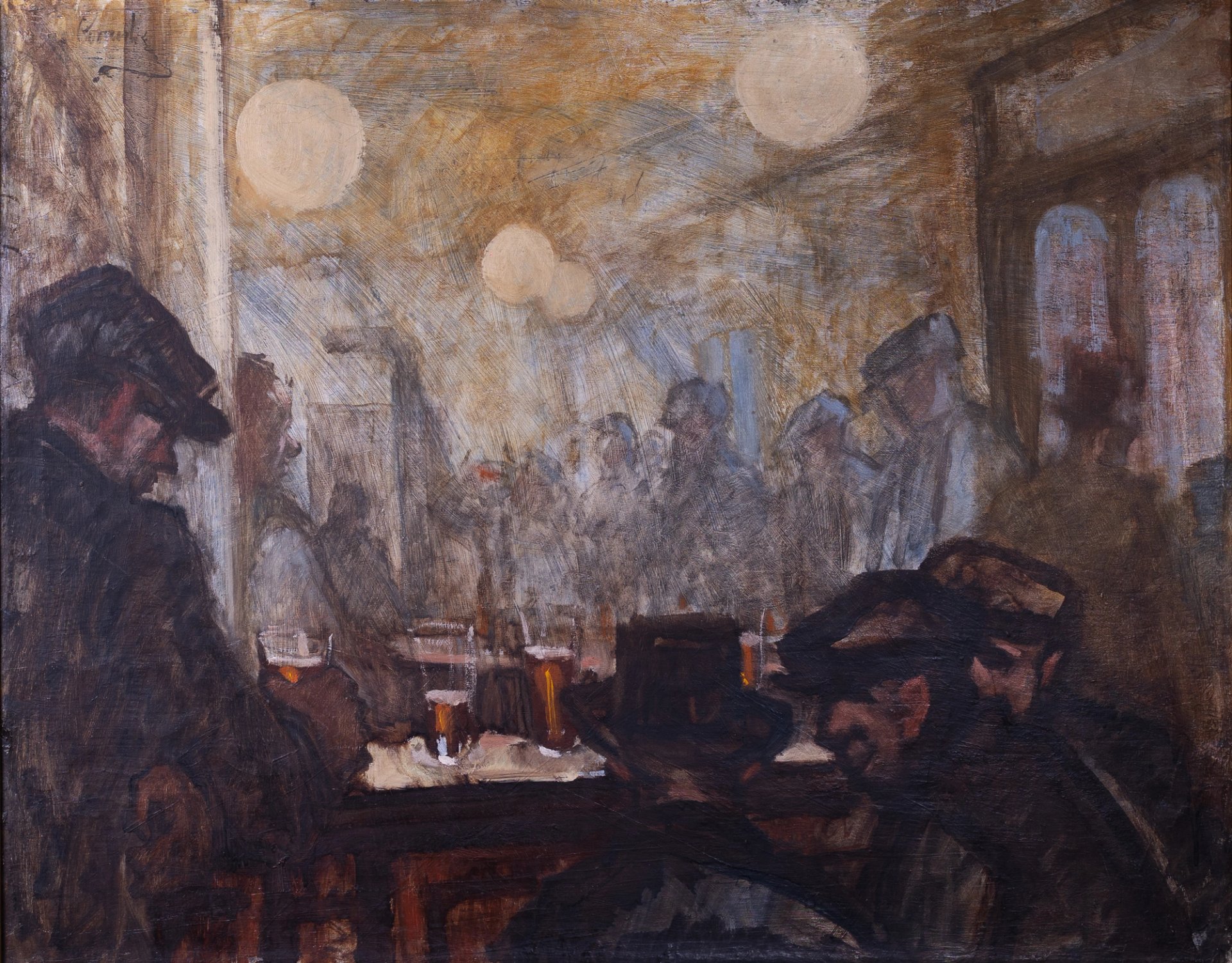
Norman Cornish’s Bar Scene, which had the newly discovered self-portrait on the reverse
Photo: Claire Collinson Photography 2024
It is assumed to date from Cornish’s early period before his work was discovered by collectors, when he struggled to find money for materials and reused an unsold canvas.
The Bowes is exhibiting paintings and drawings by Cornish beside works by his older contemporary L.S. Lowry, born in 1887. Lowry had a more conventional art education but continued to work all his life as a rent collector, long after his scenes of working class northern life, with trademark smoking factory chimneys towering over matchstick people and dogs, became coveted by collectors.
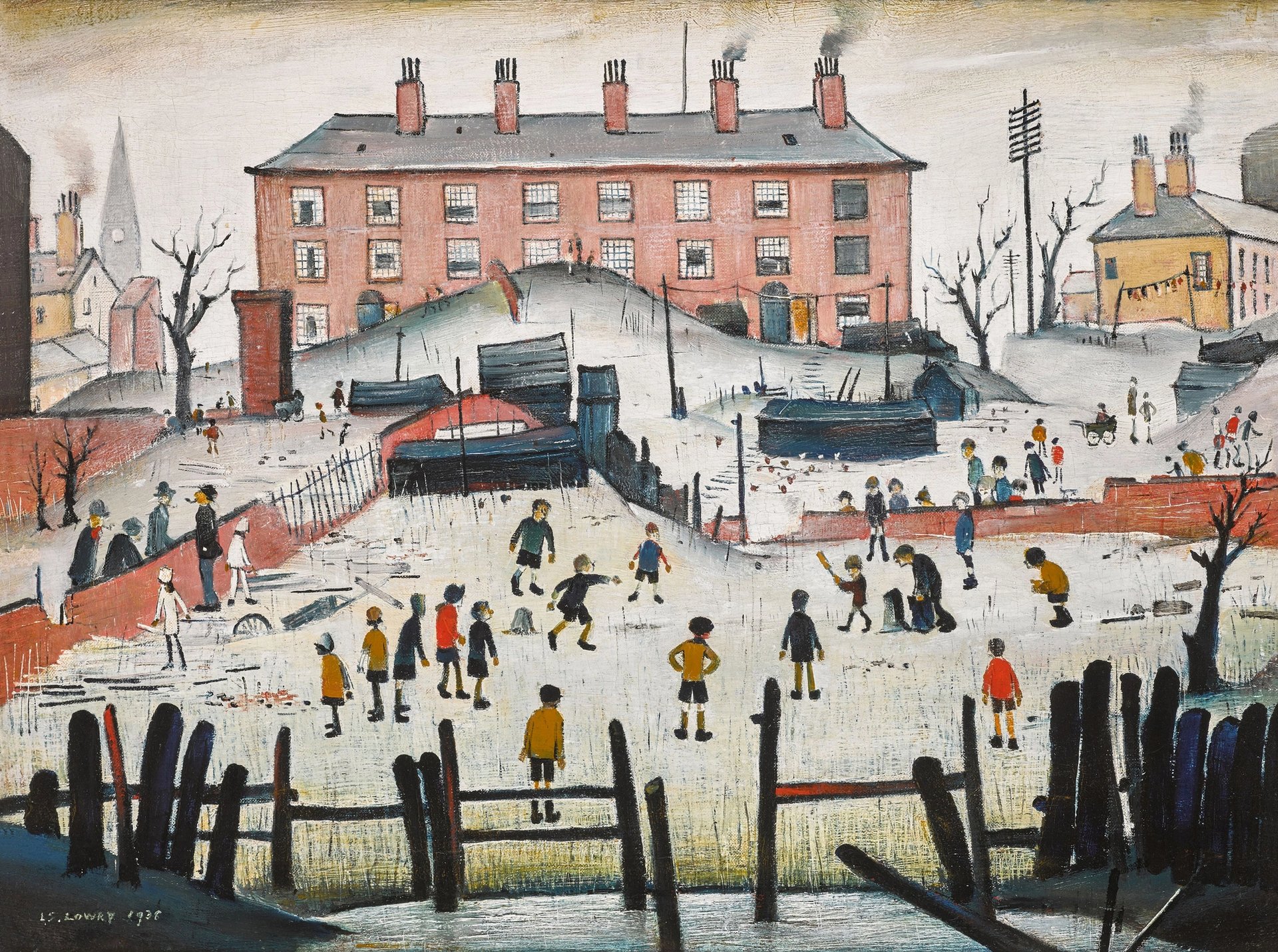
L.S. Lowry’s A Cricket Match (1938) will be on view in the Bowes Museum show
© Sotheby’s
The two men knew one another, and were often shown together at the Stone Gallery in Newcastle upon Tyne. The Bowes exhibition, drawing on collections including the Lowry Centre in Salford, and many private loans, will include many works being exhibited for the first time.
The term “pitmen painters” is mainly associated with the Ashington artists in Northumberland, working miners who took night classes through the Workers Educational Association. They inspired a book by the art critic William Feaver and a play by Lee Hall, and their work was the first from the West exhibited in China after the Cultural Revolution. Cornish first learned to paint through a contemporary group in Spennymoor in Durham, where his studio has now been recreated in a permanent display at the town hall.
He conveyed frustration at the “pitmen painters” label, stating in 1970: "I'm sick of being looked at like some sort of zoo animal or specimen... out of the depths comes this bloke and paints his pictures. It assumes that a man who works in a mine is not up to writing or painting or playing music. But it simply isn't true.”
Both Cornish and Lowry celebrated the camaraderie of community and street life in a now almost vanished industrial world, as well as the grinding poverty and hardship of the work. The exhibition also includes more personal works, including Lowry’s portraits of his parents, and Cornish’s tender portrait of his wife Sarah peeling a potato.
Hannah Fox, executive director of the Bowes, said she hoped the work of both men would inspire a new generation of artists. “Cornish and Lowry capture life and its nuances in a way that everyone can understand and connect with. Making art accessible is hugely important, and we hope that by displaying over 50 works showing all walks of life, different landscapes and celebrating the ordinary and the extraordinary, will not only capture the imagination of our visitors but also show how everyone can get involved with art and creativity.”
- Kith and Kinship: Norman Cornish and L.S. Lowry, Bowes Museum, County Durham, 20 July-19 January 2025


